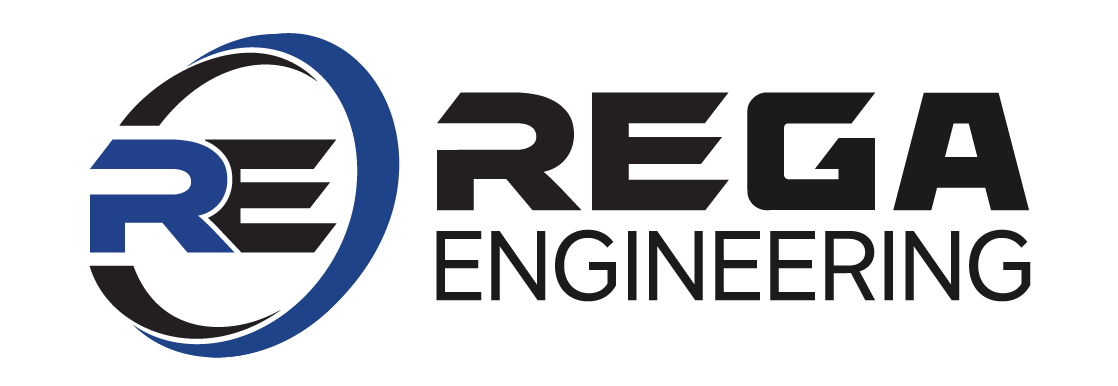The Importance of a Proper Risk Mitigation Plan and Strategies
Share:
In a world full of uncertainty, having a plan in place for your business and projects in the event something goes wrong can give you an extra sense of security. Whether you're beginning a new project, expanding your business operations, or you might fear any other unforeseen circumstances, having a risk mitigation plan can help offer a safety net for success. Risk mitigation is a business management strategy involving planning and developing solutions to minimize threats to project objectives. In this blog, we’ll talk about the importance of a proper risk mitigation plan and strategies to give you peace of mind.
Pointing Out Potential Risks
The first step in effective risk mitigation is identifying potential risks that could impact your project or business. The types of risks you might be up against can vary, from financial uncertainties and market fluctuations to technical issues and regulatory changes. Performing a risk assessment and analysis can give you a better understanding of any potential threats your business could face.
Assessing the Impact and Likelihood
Once potential risks have been spotted, the next step is to assess their impact and likelihood of occurring. Not all risks are created equal, so you should prioritize the risks you find based on their severity and probability of happening. This assessment allows you to distribute your resources accordingly and focus on addressing the most significant threats.
Developing Mitigation Strategies
Now that you have a clear understanding of the risks at hand, you can begin creating mitigation strategies to minimize the impact of any potential damage. These strategies may include preventive measures, like finding redundancies in important systems, diversifying suppliers, or even establishing contingency plans to address unforeseen events swiftly. By being proactive, you can reduce their vulnerability and stand strong in the face of adversity.
Monitoring and Adaptation
Risk mitigation is an ongoing process that requires constant awareness and adaptation. As business environments evolve and new risks emerge, it's important to continue monitoring and reassessing the effectiveness of mitigation strategies. This process can involve regular risk reviews, performance monitoring, and scenario planning to be sure that your business is responsive to changing circumstances.
Creating a Culture of Risk Awareness
Ultimately, effective risk mitigation is not just about implementing strategies; it's also about creating a culture of risk awareness within an organization. By encouraging open communication, collaboration, and accountability, businesses can train their employees to spot and address risks proactively. A collective effort ensures that risk management becomes ingrained in the organization's DNA, driving sustainable success and resilience over the long term.
Have a Plan, Some Risks Aren’t Worth It
For over 20 years, REGA Engineering has been committed to encouraging our clients to create strategic risk management solutions that fit their goals. Thinking ahead in our approach to all projects allows our clients to secure their investments, seize opportunities, and achieve sustainable growth.
Contact our experienced engineers today by phone, email, or online. The REGA way sets the foundation for long-term success and client satisfaction.

